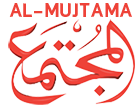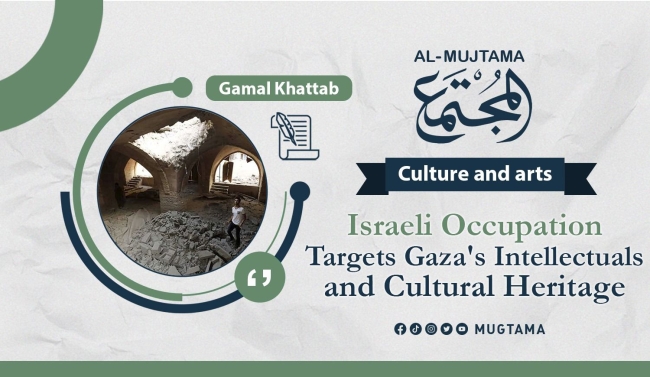Israeli Occupation Targets Gaza's Intellectuals and Cultural Heritage Featured
Culture and arts
The Power of Art and Culture
Even in the face of long years of siege and repeated wars, Gaza's intellectuals and cultural heritage have remained active in various fields, such as literature, art, music, and drama. Despite the Israeli occupation tightening the siege and limiting access to artistic tools and resources, Gaza's artists have always found ways to resist by creating innovative forms of art and alternative means of expression.
Resistance through Art
Throughout history, culture, art, and oral history have played a crucial role in resistance and the preservation of identity. Unfortunately, the Israeli occupation has viciously killed many Palestinian poets and artists, intentionally or as victims of successive attacks. Even in the current war on the Gaza Strip, dozens of intellectuals and artists have been reported as martyrs.
We Are Not Numbers
The ‘We Are Not Numbers’ program was established in 2015 by a group of writers and journalists in Gaza. Its goal is to nurture a new generation of young writers in Gaza. So far, the program has trained over 300 participants, but tragically, Israeli Oppressors killed four of its writers during the ongoing oppression on Gaza.
Notable Figures
Rifaat Al-Arair, a Palestinian writer and academic, understood the importance of literature and art in sharing the Palestinian story and amplifying their voice beyond the confines of the siege. He co-founded the Gaza Unsilenced program and edited the book Gaza Writes Back. His name gained prominence during the Al-Aqsa Flood events when he defended the resistance's actions, comparing them to the Warsaw Ghetto Uprising. His poems, like "If I Must Die," became a prophecy of his own fate and a dedication to his message.
Other notable figures include Nour al-Din Hajjaj, a writer and poet who was killed in an Israeli air strike, and Salim Al-Naffar, a prominent poet and writer who also lost his life along with his family in a brutal Israeli air strike on civilians of Gaza.
Targeting Artists and Academics
The Israeli killing machine has not only targeted artists but also experts and academics. Dr. Jihad Suleiman Al-Masry, journalist Mustafa Hassan Mahmoud Al-Sawaf, and Dr. Sufyan Tayeh, President of the Islamic University in Gaza, were among those killed. The destruction caused by Israeli brutal raids extends to museums, archaeological buildings, cultural centers, and libraries, erasing the city's cultural structure and historical documents that were vital for understanding Palestinian history.
Erasing History and Identity
The Israeli occupation's actions not only destroy physical structures but also aim to erase history and identity. The destruction of historical sites, cultural centers, and libraries has had a lasting impact on Gaza's cultural and artistic landscape. This destruction is reminiscent of the 1948 Nakba, which aimed to uproot the population and erase their identity.


